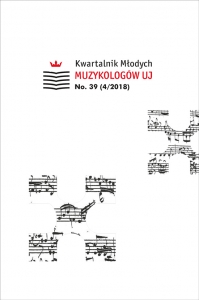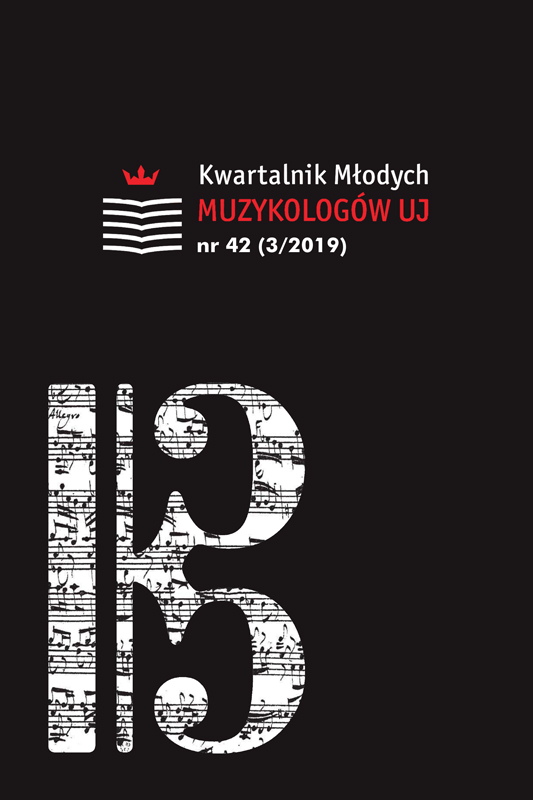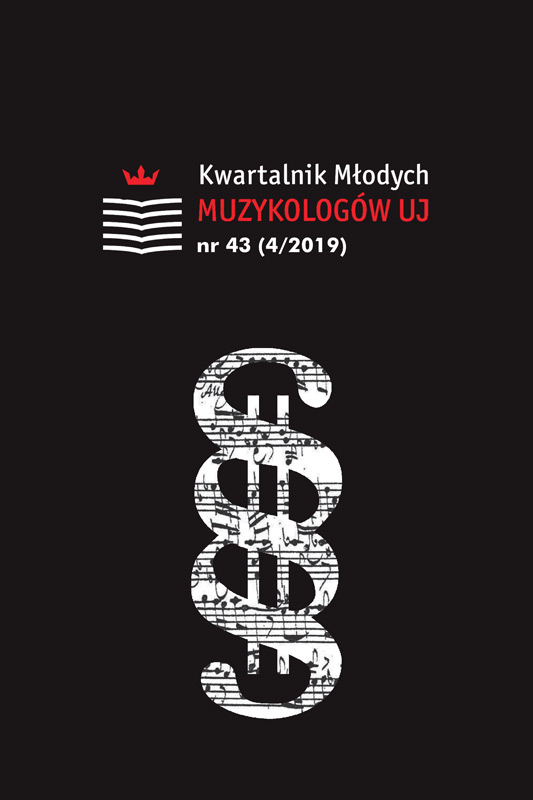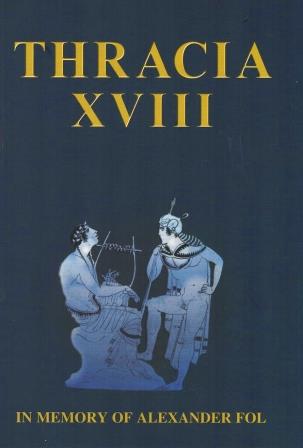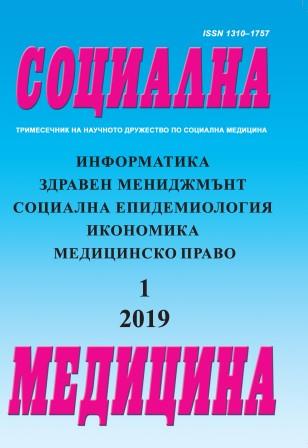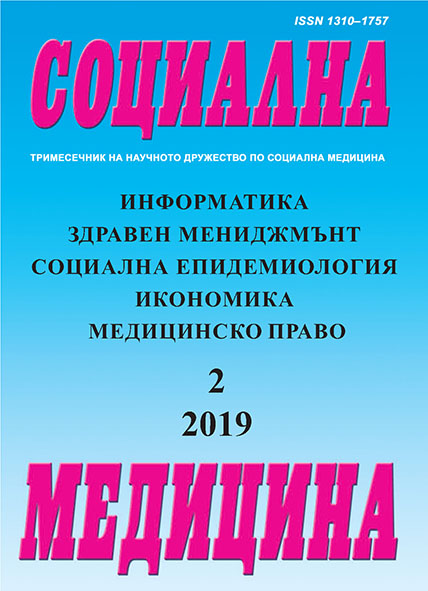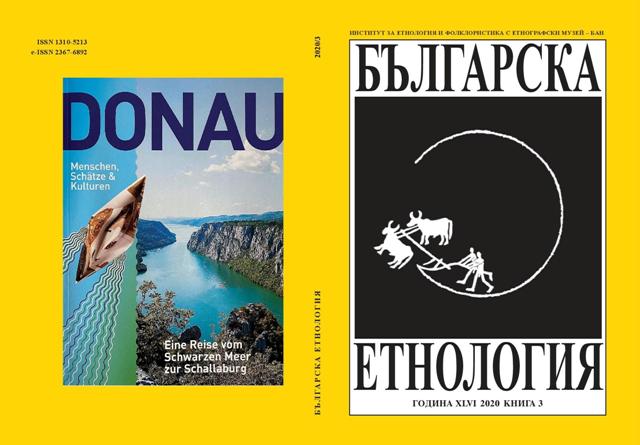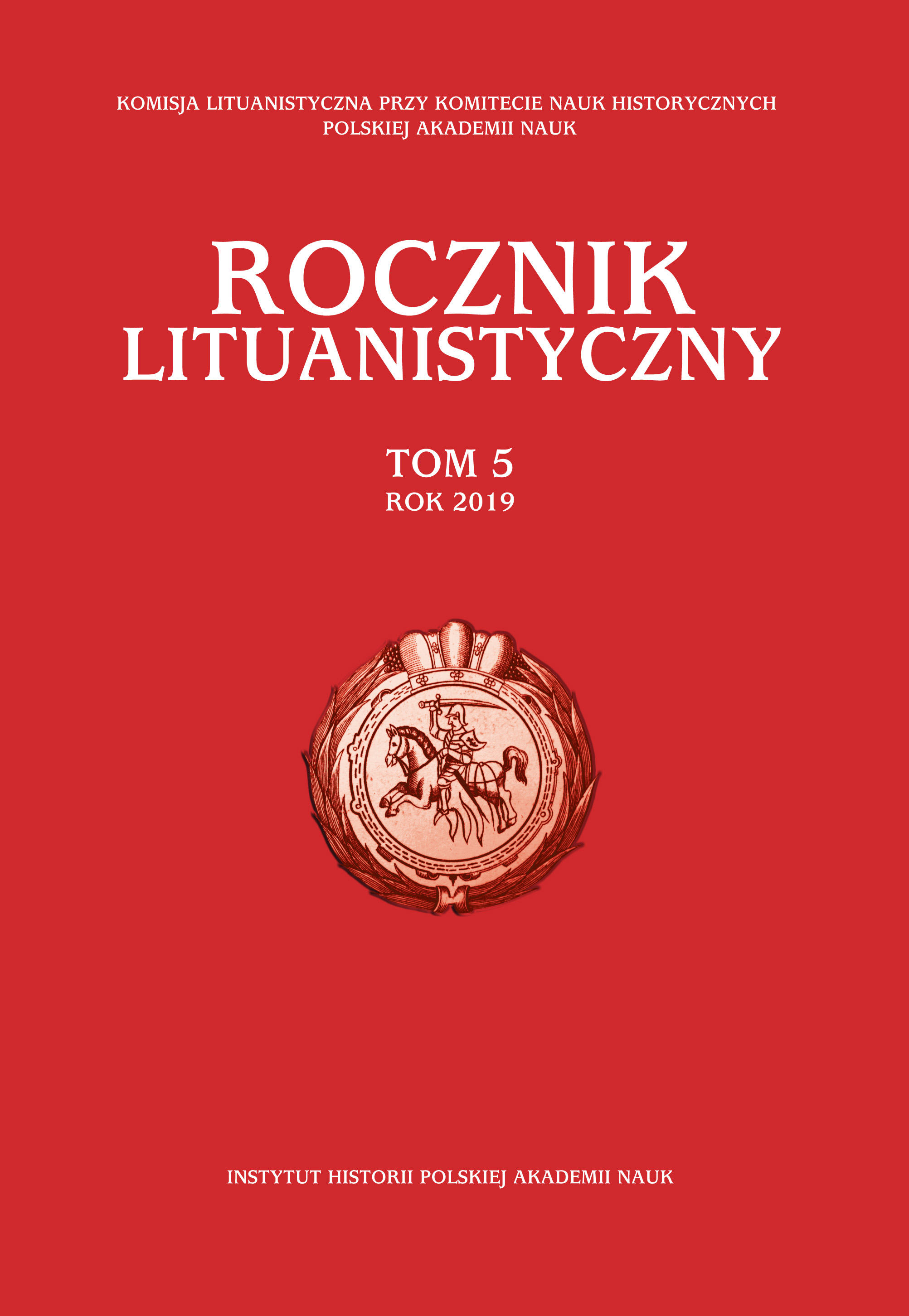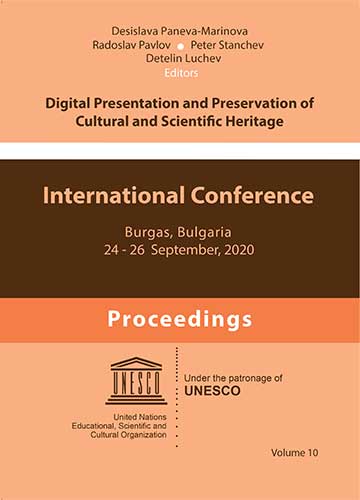Jadwiga Szajna-Lewandowska for Children
In the second half of the twentieth century, music for children was enriched by the works of Jadwiga Szajna-Lewandowska (1912–1994). The Wrocław’s pianist, composer and pedagogue wrote most of her pieces for the youngest and thus the most sensitive recipient. The vast majority of her works is stage music for children, mainly ballet. In this category, Szajna-Lewandowska has no equal. She is the one of the rare composers who devoted most of their works to children. Her music for the youngest comprises not only stage works, but also compositions written for children as performers or listeners. Among them, there are instrumental, vocal-instrumental and choral pieces. Therefore, it can be claimed that Jadwiga Szajna-Lewandowska is a composer who made a significant contribution to Polish children’s and young adult literature.
More...
